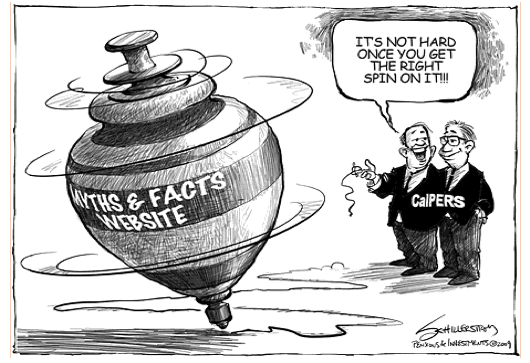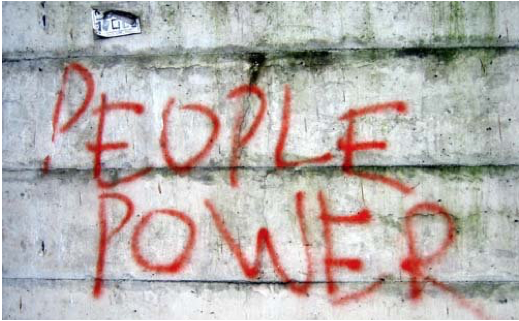LAUSD Still Believes that Minority Students Can’t Learn
EDUCATION POLITICS--While it remains politically correct to say Black and Latino students can learn, there's a little problem. Those running our still de facto segregated public education system for their own short-term personal interest and financial profit don't share this belief. Oh, they'll continue talking in platitudes about students being "life-long learners," the “100% graduation rate" and "everybody’s going to college," but the reality is drastically different. In fact, these goals represent disingenuous educational expectations for the overwhelming majority of Black and Latino students.




































